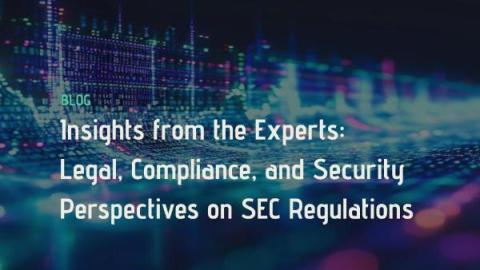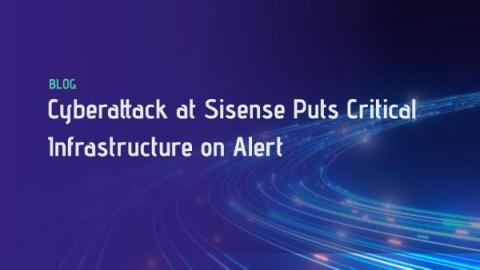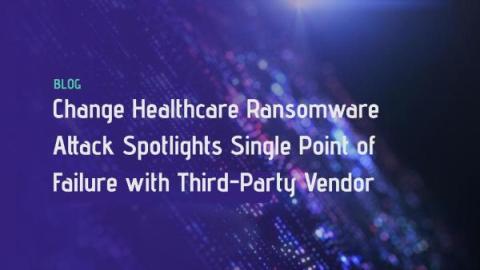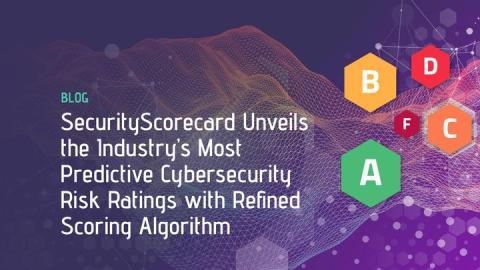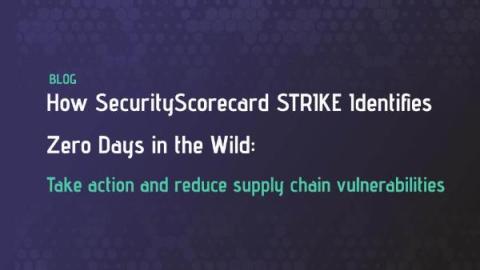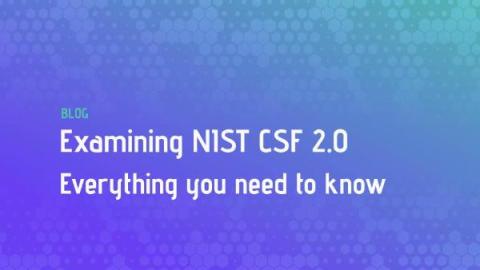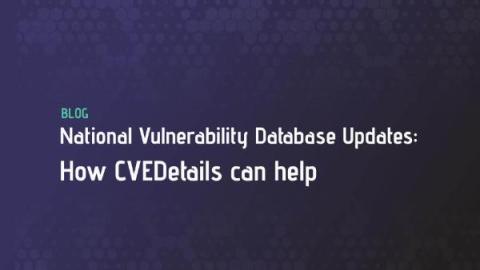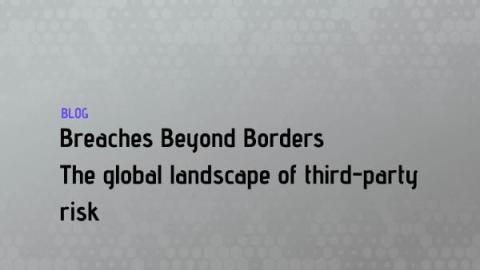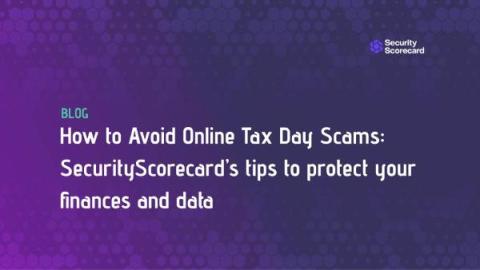The Cybersecurity of the S&P 500: An in-depth analysis from SecurityScorecard
In fall 2023, the U.S. Securities and Exchange Commission (SEC) adopted landmark cybersecurity regulations, requiring public companies to disclose “material” cybersecurity incidents within four days. Prior to this, there were very few breach reporting requirements, leaving business leaders, government officials, policymakers, and investors without key information on cybersecurity incidents.



